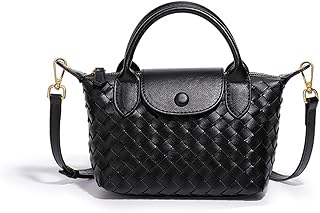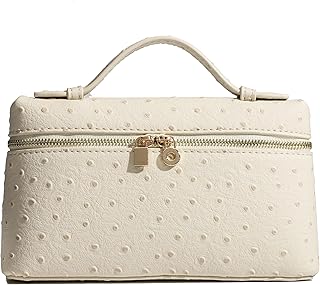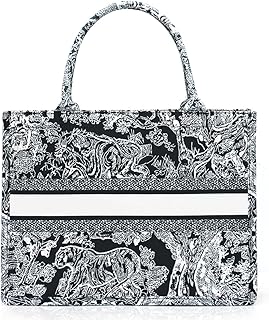In recent viral TikTok videos, claims have surfaced that luxury handbags are manufactured in China, raising questions about the origins of high-end products. This revelation comes amid escalating trade tensions between the United States and China, with both countries imposing tariffs on imported goods. These videos have sparked curiosity and skepticism about the manufacturing practices of renowned luxury brands.
Investigating these claims, BBC Verify’s Jake Horton delves into the reality behind the viral videos and sheds light on the intricate processes involved in the creation of luxury goods. The allure of luxury handbags lies not only in their design and craftsmanship but also in the exclusivity associated with their production. Understanding the supply chain and manufacturing locations of these coveted items is crucial in deciphering their true value and authenticity.
Luxury brands have long maintained a reputation for exquisite quality and meticulous attention to detail. The craftsmanship and heritage associated with these products often contribute to their high price tags and desirability among consumers. However, the revelation that some luxury handbags may be manufactured in China challenges conventional perceptions of luxury and raises questions about transparency in the industry.
China has emerged as a global manufacturing hub, producing a wide range of goods for both domestic and international markets. The country’s skilled workforce and advanced manufacturing capabilities have made it an attractive destination for various industries, including fashion and luxury goods. While some luxury brands have established manufacturing facilities in China to capitalize on cost efficiencies, others prioritize traditional craftsmanship and production methods in renowned fashion capitals.
Experts emphasize the importance of authenticity and transparency in the luxury sector, urging consumers to be discerning in their purchasing decisions. The provenance of luxury goods plays a significant role in their perceived value and prestige, with many consumers seeking assurance that their purchases reflect the brand’s heritage and craftsmanship. As the luxury market evolves, brands must navigate the delicate balance between tradition and innovation to maintain their appeal to discerning clientele.
Industry analysts point to a shifting landscape in the luxury sector, driven by changing consumer preferences and global market dynamics. The rise of e-commerce and social media has revolutionized how luxury brands engage with customers, offering new avenues for storytelling and brand promotion. In an era of heightened scrutiny and transparency, luxury brands face increasing pressure to uphold ethical standards and environmental sustainability in their operations.
As consumers become more informed and conscious of the origins of products, luxury brands are under scrutiny to uphold their reputation and values. The debate surrounding the manufacturing of luxury handbags in China underscores the complexities inherent in the global supply chain and the challenges faced by brands in maintaining authenticity and integrity. Ultimately, the narrative of luxury extends beyond the products themselves, encompassing the values, heritage, and craftsmanship that define the essence of luxury brands.
📰 Related Articles
- Why Printer Ink Prices Soar: Unveiling Industry Secrets
- Unveiling the Chilling Realities: True Crime Projects Expose Human Darkness
- Rhodium Group’s China Cross-Border Monitor: Unveiling Global Investments
- Luxury Beauty Advent Calendars 2025: Unveiling Exclusive Offerings
- ITB China 2025: Gateway to China’s Travel Industry Revival






